Seattle / U.S. — Starbucks has unveiled a sweeping restructuring plan under CEO Brian Niccol that will see a number of its coffee shops shuttered and hundreds of corporate roles eliminated. The cuts come amid falling demand in certain markets and a renewed push to reorient the brand toward its core strengths.
Reshaping the Store Footprint
As part of the restructuring—dubbed the “Back to Starbucks” plan—Starbucks will close coffeehouses deemed unable to deliver the ambiance or financial performance expected under its evolving strategy. The company anticipates that its overall store count in North America will fall by about 1 percent by fiscal year end.
In his internal letter to staff, Niccol explained that the closures stem from a review of stores that “we’re unable to create the physical environment our customers and partners expect, or where we don’t see a path to financial performance.” He emphasized that the decisions were not taken lightly, acknowledging the impact on staff and local communities.
Employees at closing stores will be notified soon, and Starbucks says it will seek to offer transfers to nearby locations where feasible. For roles that cannot be relocated, severance packages and support will be provided.
Corporate Cuts, Reinforced Investment
In addition to the store closures, Starbucks will eliminate approximately 900 non-retail (corporate & support) roles. Some currently open positions will also be canceled. The aim is to reduce overhead and concentrate investments in the frontline consumer experience.
Niccol frames this as reinvesting in what matters most—staff in stores (sometimes called “green apron partners”), customer experience, and improvements to store aesthetics. Over the next year, Starbucks plans to uplift more than 1,000 locations, introducing warmer design elements, more inviting seating, and enhanced ambiance.
The company intends to end the fiscal year with roughly 18,300 total Starbucks locations (company operated and licensed) in the U.S. and Canada after accounting for closures and openings.
Reasons & Context
The move comes amid signs of softness in certain U.S. markets, slower traffic in premium drink segments, and competitive pressure from local cafés and specialty coffee chains. Starbucks’ premium pricing model is more vulnerable in leaner times, especially when discretionary spending is under strain.
Niccol’s strategy contrasts with prior efforts aimed at maximizing scale—he is instead refocusing the brand on the “third place” concept, where customers see Starbucks not just as a transaction stop but as a cozy, valued community hub.
By making cuts in corporate functions, Starbucks hopes to free up capital and management bandwidth to prioritize in-store operations, staff engagement, and customer loyalty. The emphasis is shifting from growing everywhere to growing meaningfully.
Challenges and Risks
- Employee morale and backlash: Store closings hit staff and local customers hard. Even when transfers are offered, commutes, cultural fit, or operational differences may complicate smooth movement.
- Brand perception: Starbucks must manage the narrative so that closures don’t signal decline; the company will need to show that what remains is stronger and more purposeful.
- Momentum in remodels: The uplift of over 1,000 stores must deliver measurable improvements in traffic, sales, and satisfaction to justify the disruption.
- International pressures: In markets like China, where Starbucks faces fierce competition and regulatory challenges, resource allocation decisions will be especially delicate.
- Sustainability of cost cuts: Eliminating corporate roles can only go so far; long-term profitability depends on sustained consumer demand and relevance.
What to Watch
- How Starbucks defines which stores “cannot deliver the expected environment”
- Which regions or cities see the most closures
- The success metrics for remodeled stores—whether traffic and sales rise
- Reactions from employees, store partners, and labor groups
- Impact on Starbucks’ share performance and investor sentiment
This restructuring marks a pivot in Starbucks’ history: a move from expansion toward consolidation and refinement. For better or worse, the success of this effort may determine how Starbucks competes in an evolving coffee market landscape.

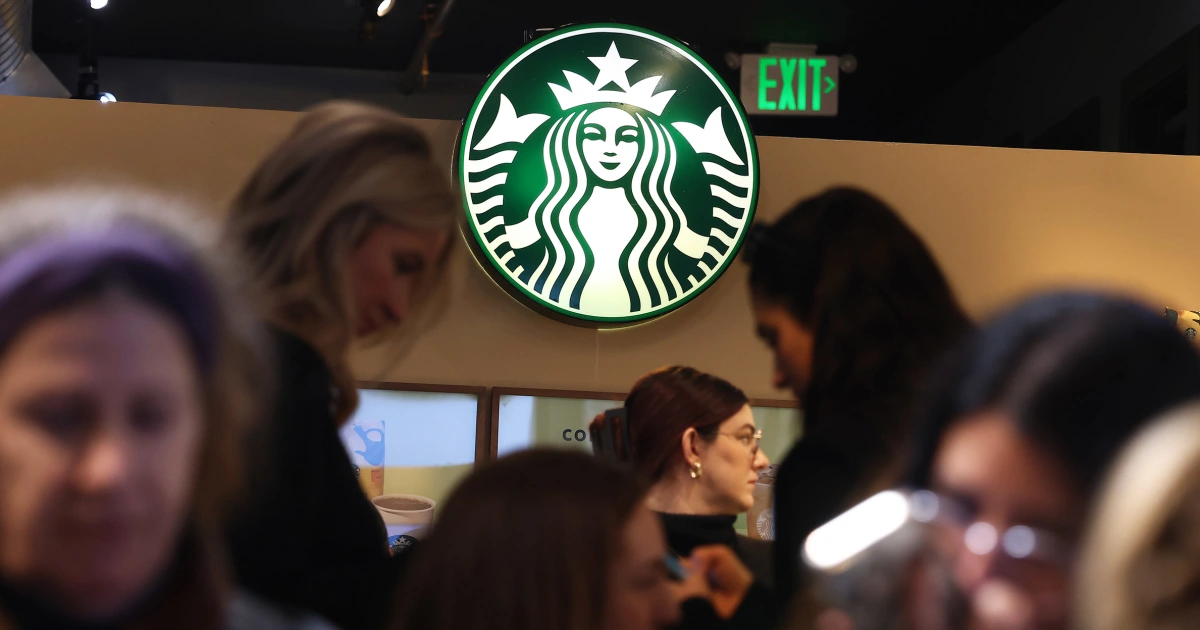
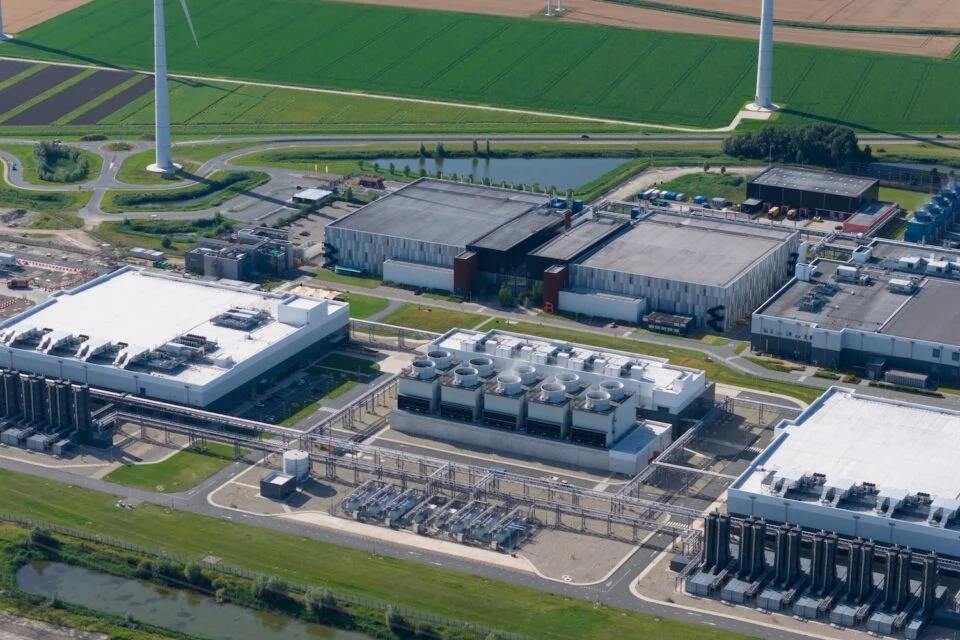
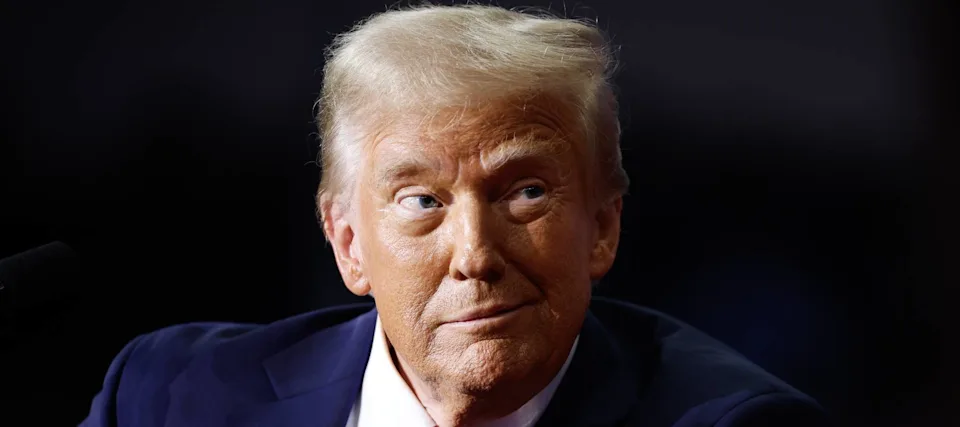


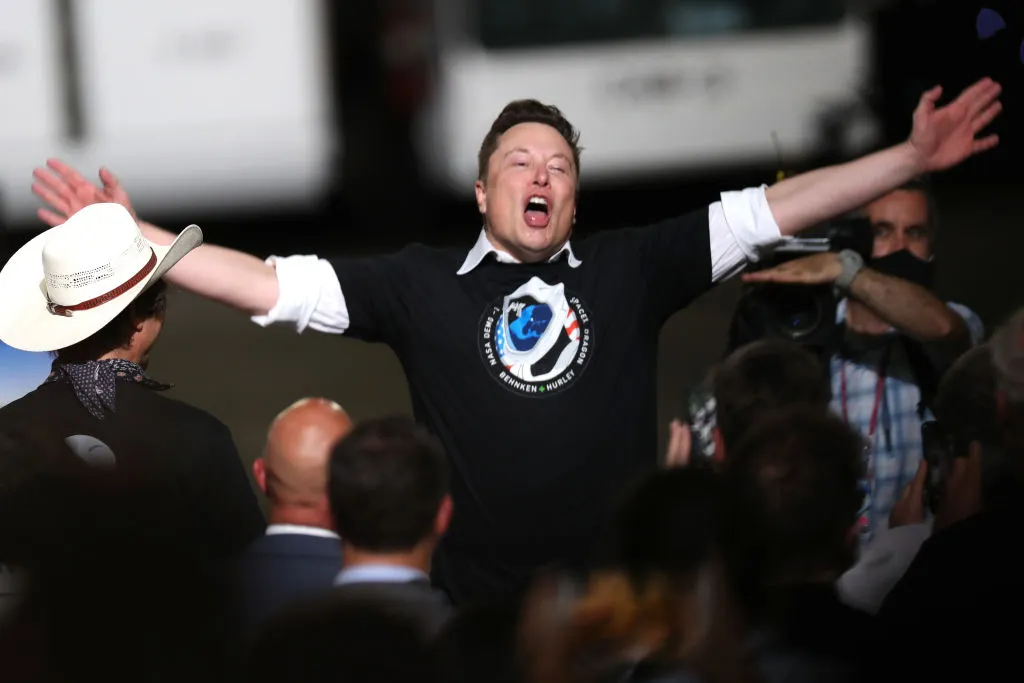


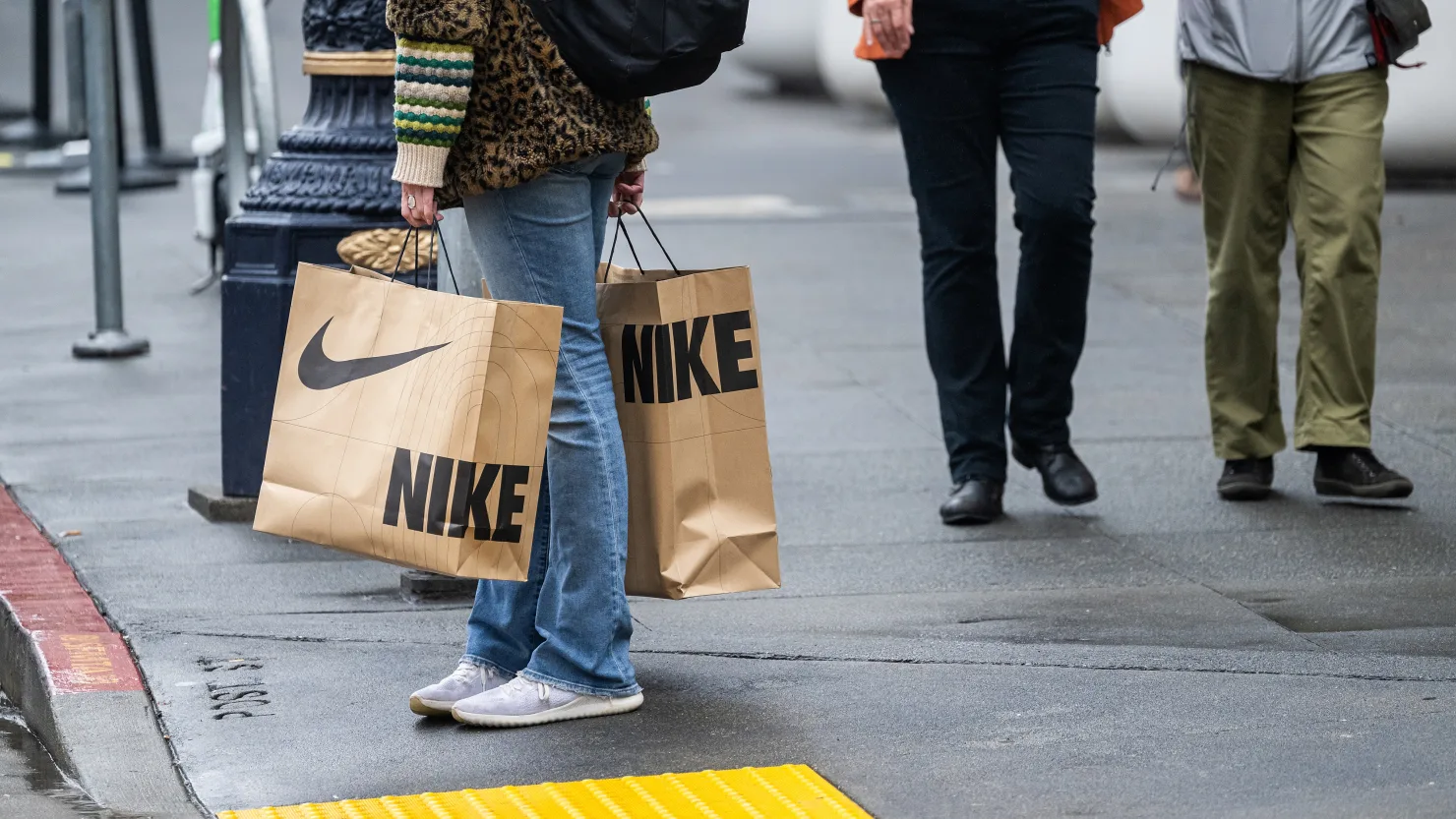






Leave a Reply